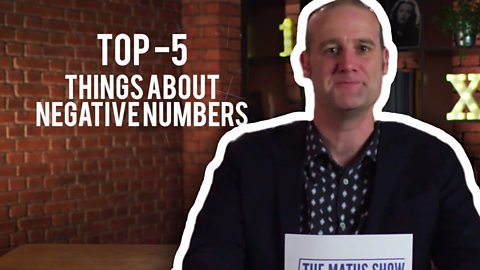MATT: Welcome to The Maths Show with me yourhost, Matt Parker. Today talking about Algebra.Specifically substituting values into formulae,
MATT: with four amazing tricks maths teachers can’tresist, you won’t believe how easy they makeplotting curves.
MATT: Starting with number one, order of operations…In maths it can make a big difference what orderyou do things in, so you have to bare in mind
MATT: BIDMAS. If you haven’t come across BIDMASbefore it’s important to remember.
MATT: We actually start every morning here at TheMaths Show with a rousing chorus of….
CREW TOGETHER: Brackets, indices, divide, multiply, add, subtract!
MATT: Yes they are very well trained. In other countriesyou might come across different acronyms tohelp remember the order of operations.
MATT: BODMAS and
MATT: PEDMAS are used in other places. I guess themoral of the story is when travelling and doingmaths abroad,
MATT: don’t forget your acronym adapter.
MATT: To look at an example of where BIDMAS… crewstarts to chant again… no, not now. The once isfine.
MATT: A good example of using BIDMAS is somethinglike three times x squared, where you have tosubstitute in x equals four.
MATT: If you’re very careful and you follow the order ofoperations, you square the four first, to get 16,
MATT: and then you multiply it by the three at thefront to get the correct answer of 48.
MATT: If you did it in the wrong order, if you multipliedit by three first to get three times four is 12…square that is 144…
MATT: you’ve done three x all squared.
MATT: A very different answer because the order ofoperation matters.
MATT: Number two, you need to be able to handle aformula with more than one variable.
MATT: Something like this where you’re given thevalues of M and A, and you need to work outwhat F equals. If this looks familiar, it’s actuallya science equation.
MATT: Force equals mass, times acceleration.
MATT: Although if you see it in a science lesson, it’soften done as a pyramid formula. No scientists…I’m watching you.
MATT: In maths we do it properly by substituting thevalues into the formula. So if the mass was750kg, and the acceleration is 11 meters persecond, squared, we can put them in.
MATT: We remember that when two things are next toeach other that means we have to multiplythem
MATT: and we get an answer of 8,250. That is thecorrect value of F, in this case in newtons.
MATT: Maths hack number three. If you’re asked tosubstitute values into an equation to plot itsgraph, always use a table. Sometimes they willgive you a table, but if they don’t just draw yourown.
MATT: Before you draw the table tho, diagnose whatkind of an equation you’re looking at.
MATT: If it’s all x’s and y’s then it’s going to be astraight line.
MATT: If you see something like an x squared, that’sgoing to be a U shape. That’s slightly morecomplicated.
MATT: For the case of a straight line, you only needthree points.
MATT: Pick some easy values.
MATT: So for y equals two x minus one… maybe put inx equals zero, that’s easy. x equals 1 and xequals two.
MATT: Once you’ve got three points they should form astraight line, if they don’t you’ve made amistake on one of them.
MATT: Pick a fourth value, substitute it in, plot it as welland see if you can spot which of the first threewere wrong.
MATT: Once you’ve got three in a straight line, you’redone. Draw a line through it… I mean look atthat. You plot three points, you get the rest forfree.
MATT: And finally number four, when you’re faced withsomething like this… y equals x squared, plusfour. That squared tells you that it’s not going tobe a straight line. This is going to be a U shape.
MATT: You’ve just got to plot all of the values on thehorizontal axis. In this case we would substitute in everythingfrom negative two through to two. And be verycareful with the negatives going into thesquared. Because a negative times a negativeequals a positive, don’t lose any easy marksthere.
MATT: Go through, plot all the values, join them up.Make sure it is a U shape, it needs to be theright plot for you… and then you are done…
MATT: And that’s it! That’s four amazing tricks mathsteachers can’t resist.
MATT: But not you physics teachers, I’m watching you!
Video summary
For students struggling to achieve grade 4 in GCSE maths, mathematician and comedian Matt Parker offers tips on identifying different graph types and their uses, as well as tips to avoid common mistakes when working with formulae.
We look at key problems that have been highlighted as misconceptions and sources of errors by foundation GCSE examiners.
Concentrating on solving common questions on BIDMAS, formulae and linear and quadratic graphs we highlight frequent mistakes and use the most reliable methods to solve problems. We equip students with the skills to identify and rectify errors in examsituations.
This short film is from the BBC series, The Maths Show.
Teacher Notes
Before watching
Ensure your students are happy with basic operations with algebra, including simple substitution and the four operations with negative numbers.
Students could look at plotting coordinates on a graph from a table and identifying the shape from different equations.
You could ask students to identify errors they have made in previous test papers in algebraic questions or during the lesson beforewatching the short film.
Whilst this short film focuses on exam technique and common errors you could also use part of it as an introduction to a new topic.
During watching
As this short film looks at different exam questions, it is simple to pause and ask students to attempt the question or share their thoughts before revealing the answer.
You could also ask students to highlight possible mistakes they might make and how to prevent them.
When discussing substituting in to expressions involving indices Matt shows how it’s easy to make a mistake if students don’t use BIDMAS correctly. Pause the video to ask students to answer the question before Matt explains the difference.
When using a table to calculate the values to plot a straight line, it may be valuable to pause to show this table. Many exam questions don’t give a table for drawing straight line graphs so ensure students are comfortable with why and how the table is being created.
After watching
Look at other exam questions to reinforce and extend their learning.
Ask your students to create their own straight line graph equations and draw corresponding tables.
Create ‘spot the error’ questions where coordinates have been incorrectly calculated.
Students could plot their own graphs using themselves and a coordinate grid on the floor, or use the IWB for students to come and plot their own points.
Next steps would be to extend questions to applied questions - looking at real life formulae, conversion graphs, identifying reciprocal and cubic graphs. Look at the effects of m and c in the graph y=mx + c. Substitute values into formulae that need rearranging to find the unknown value.
Suitable for teaching maths at GCSE in England, Wales and Northern Ireland and National 4/5 or Higher in Scotland.
Statistics. video
Matt simplifies the use of lines of best fit for students struggling to achieve a passing mark on the maths GCSE.
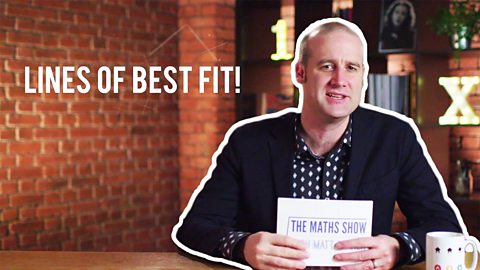
Probability. video
Matt demonstrates how to handle probabilities using probability and frequency trees.

Geometry. video
Matt breaks down key GCSE angle problems into easy steps, including internal angles of polygons and bearings.
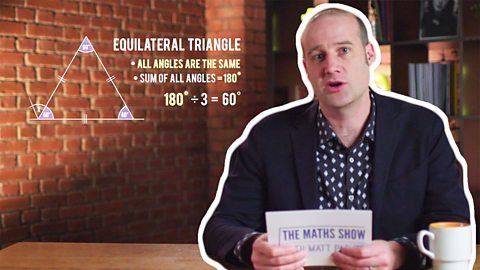
Exam Techniques for GCSE Maths. video
Matt offers advice for teachers and students on test-taking techniques specifically for the maths GCSE.
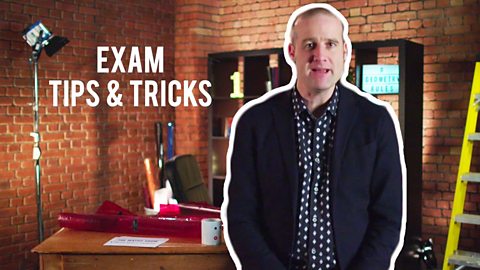
Ratio and Proportion. video
Matt explores ratio and proportion including converting ratios into fractions and graphical representation of ratios.
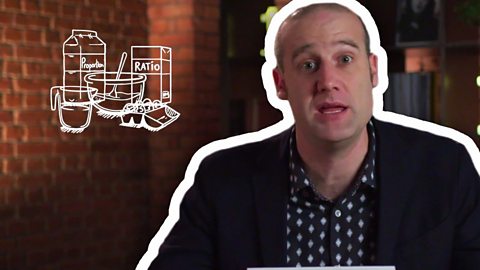
Fractions, Decimals and Percentages. video
A guide to converting fractions, decimals and percentages, applied to real-world problems.
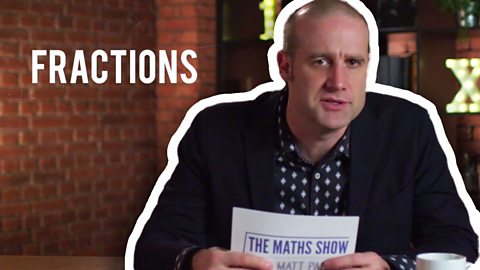
Algebra and Negative Numbers. video
Negative numbers are made easy as Matt breaks down his top five problems with negative numbers.
